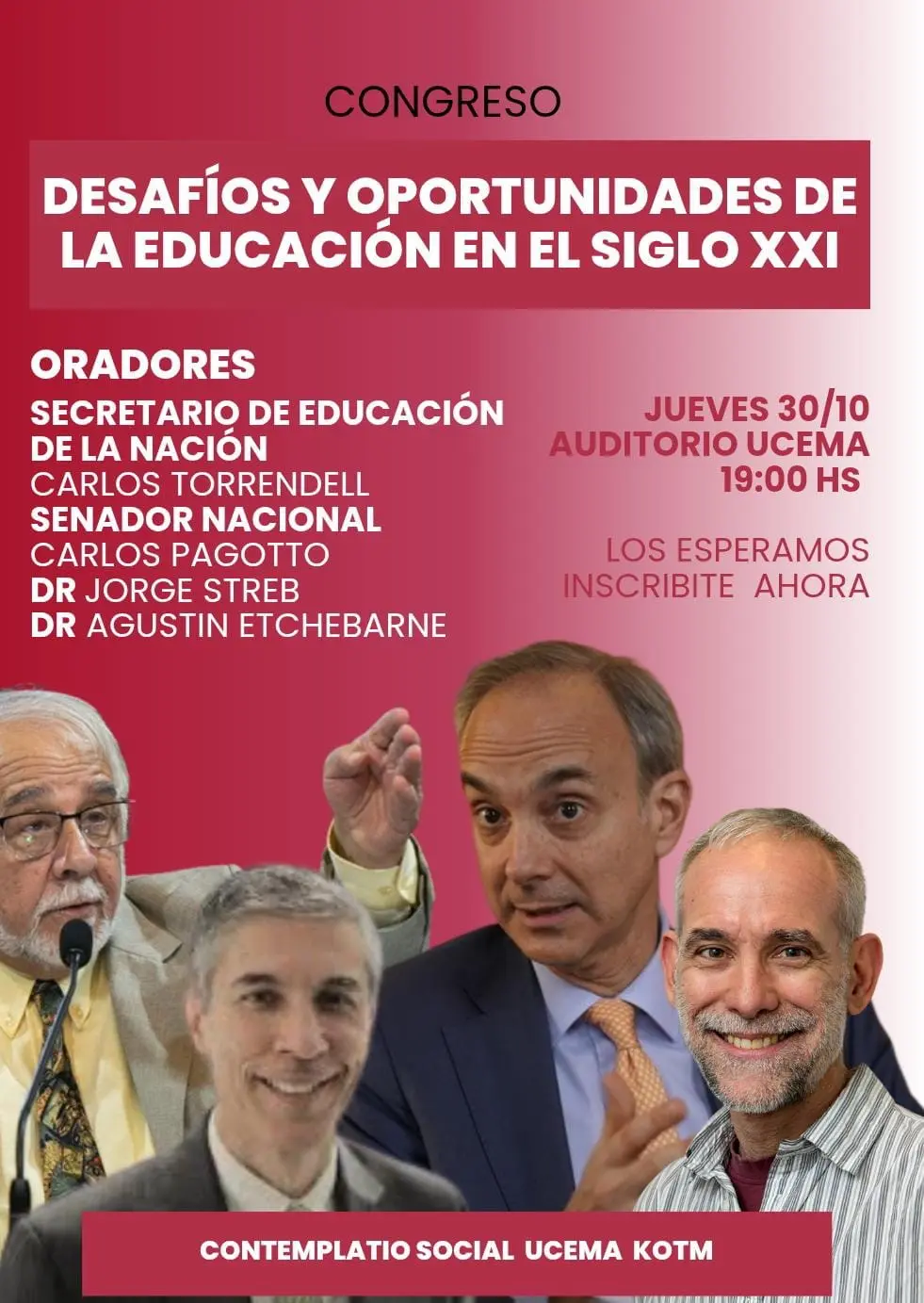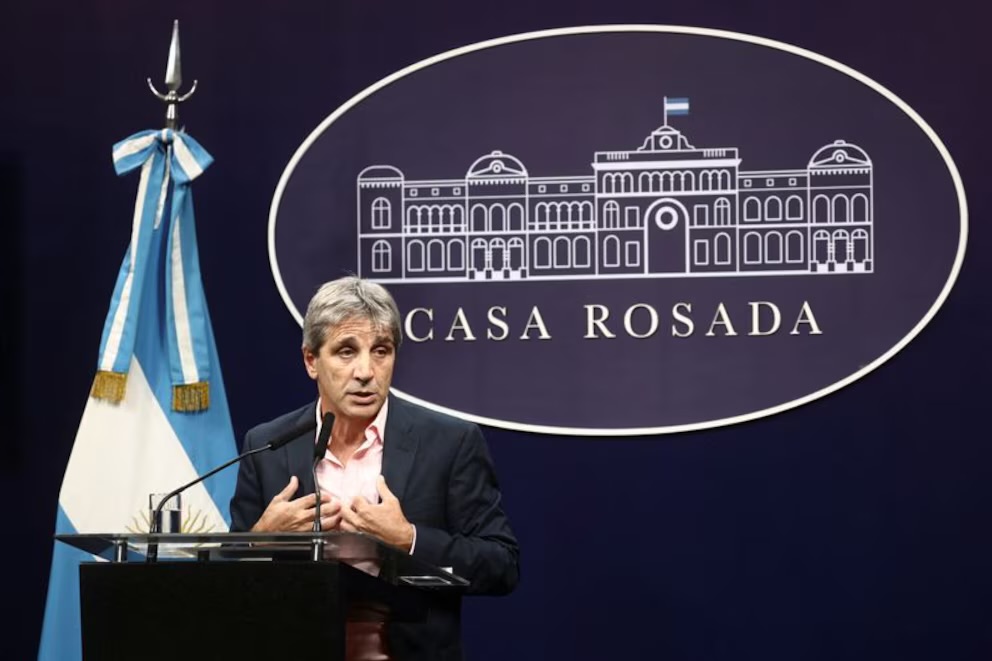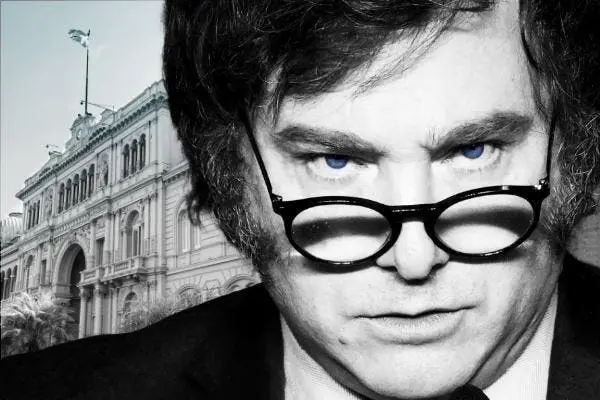
In a land where the streets are paved with opportunity—or so they say—the new political administration led by Javier Milei has unveiled a cabinet that seems more suited to a Fortune 500 convention than a humble government office. Not since the days of the Argentine oligarchs has there been a lineup of leaders with such vast assets, proving that in Milei’s Argentina, «leading by example» might mean showing citizens just how far one can go with a penchant for real estate, foreign bank accounts, and a collection of luxury cars!
Wealth in Service: How Milei’s Cabinet Shows Us the Art of Serving the People (While Living Lavishly)
Introduction: On Serving the Public with an Impressive Nest Egg
In Argentina, there’s a saying that “public service is a calling.” It’s usually accompanied by a knowing smile, because some public servants answer this call with a touch more flair than others. And nowhere is this flair more evident than in the glowing example set by the administration of President Javier Milei, whose cabinet members have shown an inspirational dedication to both national prosperity and, notably, their own.
1. Javier Milei: A President’s Journey from Millions to More Millions
Let’s start with the man himself. For a president to stay relatable, he has to really connect with the people, which is exactly what Milei did this year, embodying Argentina’s inflation struggles by… inflating his own net worth! Milei’s assets, which include properties, vehicles, and other essentials for a life of service, have experienced a meteoric valuation. One can only admire how his wealth has adapted to the rigors of presidential life. After all, it’s tough being the leader of a country when you’re worth a mere $200 million pesos.
2. Victoria Villarruel: A “Humble” 560% Rise in Wealth
Now let’s turn our eyes to the vice president, Victoria Villarruel, whose net worth has seen a measured, barely noticeable increase of 560%. Villarruel embodies the kind of modesty one might expect from an official who must grapple daily with the moral duty of keeping a straight face while signing off her newfound fortune as “public service.” Her fivefold wealth increase in under a year is, no doubt, an example of humble fiscal responsibility.
3. The Triumvirate of Riches: Werthein, Caputo, and Cúneo Libarona
And what a cabinet! Let’s move on to the “big three,” the cabinet’s gilded elite: Werthein, Caputo, and Cúneo Libarona. At $83 billion pesos, Werthein, the foreign minister, embodies the concept of diplomacy in every imaginable way—whether that’s in foreign affairs or foreign assets. Who could argue with a man worth this much, who’s balancing the weight of the nation and his bank account?
Next up, we have Luis Caputo, a man who understands both the national economy and how to grow a portfolio like nobody’s business. Caputo has demonstrated how public service can, miraculously, lead to an astonishing 2045% net worth increase. Few can grow 20 times richer in a year, yet Caputo remains a true example of “commitment to the country.”
And finally, there’s the ever-practical Cúneo Libarona, who reminds us that everyone needs a few backup apartments in Buenos Aires—22, to be exact. Libarona, the Minister of Justice, epitomizes the old adage that housing is a fundamental right—especially when it fills one’s real estate portfolio.
4. The Middle Class of Millionaires: Sturzenegger and Francos
Let’s not overlook the quieter wealth in the ranks of Milei’s cabinet. Federico Sturzenegger and Guillermo Francos are practically the working class millionaires of the administration. They have opted for a slightly less opulent approach, holding just enough wealth to remain in the conversation without dominating it. They are our salt-of-the-earth millionaires, merely a step behind the elite circle of Werthein and Caputo.
5. Karina Milei: The Humble Heart of the Cabinet
And then there’s Karina Milei. As the sister of the president, she has demonstrated that even with only $2.4 million in assets, one can still serve with the utmost humility. In a cabinet so flush with prosperity, Karina reminds us that wealth is not a prerequisite for dedication. After all, every administration needs someone to play the “modest millionaire,” and Karina seems happy to oblige.
6. On Official Wealth and ‘Real’ Wealth: The Declaration Dilemma
Now, of course, it would be unfair not to mention the gap between declared values and actual market values. Every year, the members of Milei’s cabinet complete the paperwork to disclose their assets at “fiscal value,” a charming legal formality that keeps their public numbers far more humble than their actual holdings. Because after all, transparency has its limits. And this way, our ministers stay relatable on paper—even if reality tells a different story.
Conclusion: A Legacy of Service and Self-Benefit
As this administration bravely marches forward, let’s take a moment to acknowledge the true cost of leadership—and how, for some, that cost is offset by the extraordinary reward of personal growth, particularly in their bank accounts. The cabinet of Javier Milei has shown us that wealth and public service don’t just coexist—they complement each other beautifully. If anyone questions their intentions, remember: they are doing this for the people… and their portfolios.
How does this sound? Any extra detail or tone tweaks you’d like?


Final Reflection: A Nation Taken for a Ride
At the end of the day, one can’t help but feel that the Argentine people are being taken for a ride. While the cabinet members enjoy their ever-growing fortunes, the average citizen struggles with inflation, rising costs, and a sense of being left behind. It’s a bitter irony—one where those in power seem to be playing a game with the nation’s trust, all while lining their own pockets. As the wealth of this administration continues to soar, it’s clear that the promises of serving the people are, for many, nothing more than empty words. The real question remains: when will the people of Argentina stop being taken for fools?





